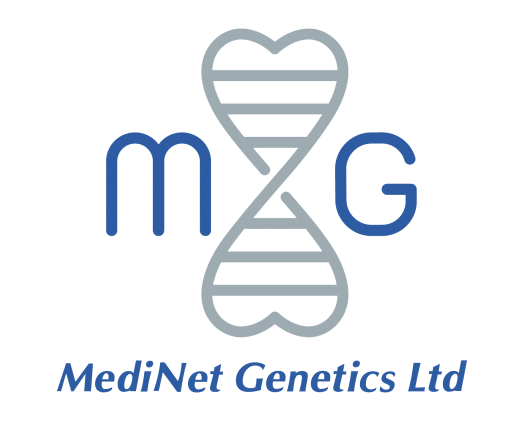DNA Skin Test
Skin is our largest organ that acts as a waterproof, insulating shield guarding the body. Our skin condition is the best reflection of the body’s state and needs.
Research reveals our skin condition is defined by our genes. Skin’s sensitivity to external stimuli, diet and lifestyle all interact with one other to influence the aging rate of your skin. Criteria that cause premature skin aging can be checked by DNA Skin Test, thus allow you to pick the best skincare product and method based on your skin condition.
DNA Skin Test focuses on 3 areas with total 8 categories for your skin, understanding your genetic predisposition to skin laxity, pigment spot and other skin conditions, help us adopting the best skincare method and prevention habits. A clear picture about the nature of your skin guides to the most accurate and effective skin care product. This test also uncloses your body condition, such as vitamin, mineral and nutrient requirement. With a diet that matches these requirements, skin care and anti-aging are never easier.
| Test Category | Test Item |
| 1) Tanning & Sun Sensitivity | 01) Skin Pigmentation |
| 02) Pigment Spot | |
| 03) Photoaging Severity | |
| 2) Skin Barrier & Hydration | 04) Skin Barrier & Hydration |
| 3) Skin Firmness & Elasticity | 05) Anti-Oxidative Damage Risk |
| 06) Rate of Collagen Breakdown | |
| 07) Crows Feet | |
| 08) Skin Laxity |
Test Items:
1) Tanning & Sun Sensitivity
– Skin Pigmentation
Melanin protects skin from the sun’s ultraviolet rays, and we found some variations in OCA2 gene are significantly associated with skin pigmentation in East Asian, which make our skin color different from the others.
– Pigment Spot
Dark spots are a prominent sign of skin aging and develop earlier with excessive exposure to ultraviolet radiation (UV) and air pollution. Individuals with higher genetic risk factor would have a higher chance to develop dark spots.
– Photoaging Severity
STXBP5L gene variant was found to have intrinsic advantages to protect skin from aging when exposed to ultraviolet radiation (UV), leading to a slower rate of developing skin wrinkling and sagging.
2) Skin Barrier & Hydration
– Skin Barrier & Hydration
FLG gene is essential for maintaining normal skin barrier against water loss and foreign invasion. Loss-of-function mutation in the FLG gene is common in causing skin disorders such as Ichthyosis Vulgaris (IV) and atopic dermatitis (Eczema).
3) Skin Firmness & Elasticity
– Anti-Oxidative Damage Risk
Antioxidant is responsible for protecting our body from free radical damage. The less antioxidant in the body, the less efficient our body could against free radical damage. Hence accelerated premature aging.
– Rate of Collagen Breakdown
Genetic variation was found predisposed to accelerated collagen breakdown, resulting in wrinkling and lack of firmness.
– Crows Feet
Individuals with higher genetic risk has been identified with higher susceptibility to the effect of environmental exposure to substance such as Polycyclic aromatic hydrocarbons (PAH) and dioxin-like chemicals.
– Skin Laxity
The first sign of aging appears around our eyes, in the form of crow’s feet and drooping upper eyelids that make you appear older. We have revealed a gene that is associated with an additive protective effect on the degree of fatty tissue deposition, especially on the skin around the eyes area.
For more information on genetic test and related checkup plans, please visit below sections


